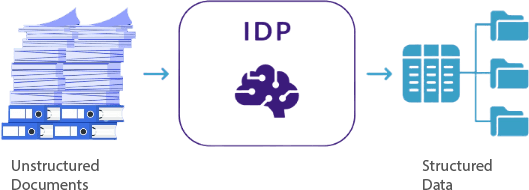
Text processing is an artificial intelligence (AI) technique that employs natural language processing (NLP) to convert the unstructured text in documents and databases into normalized, structured data that can be analyzed or used to get insights, drive decision making and automate business processes.
In text-processing, unstructured text data is scrutinized and sorted to gather valuable insights. Text processing tools can comprehend human language automatically utilizing natural language processing (NLP) and machine learning, two subfields of artificial intelligence.
You accept raw text data through emails, PDF documents, chat discussions, social media, and other channels because we inherently interact in words, not numbers. This unstructured data has thoughts and perspectives on many topics, goods, and services, but you must first organize, analyze, and measure textual data to access applicable information.
Your customer assistance teams can have text-processing expertise to automate the activities such as ticket labeling and routing. Also, your product teams may use it to glean insights from customer comments to assist them with their product roadmap. The AP team can process pdf invoices and match with other documents before processing payment. In many operations, your team may handle large numbers of documents that comes through email and this is a time consuming process that can be automated using text processing AI.
We can use intelligent document processing or IDP to extract relevant data from unstructured documents such as PDFs. This AI technology allows us to automate processes like manual data entry, document processing, document comparisons and other document intensive processes across the departments.

Extraction of text is one of the text processing approaches that discovers and extracts relevant data from a phrase. Text extraction can extract keywords, client names, product details, dates, prices, and any other information as needed from data.
Extraction of text involves two more methods such as:


By classifying the text based on its content, organizations can analyze and sort textual data automatically. Some of the most popular text classification models include topic analysis, sentiment analysis, intent detection, and language classification.
To process and analyze text, you can use statistical methods that include frequency distribution, collocation, concordance, and TF-IDF.


Text processing enables businesses to automate procedures that yield meaningful insights, allowing you to make better decisions. Automated text processing can dramatically improve the customer experience.
©2025 Intelgic Inc. All Rights Reserved.